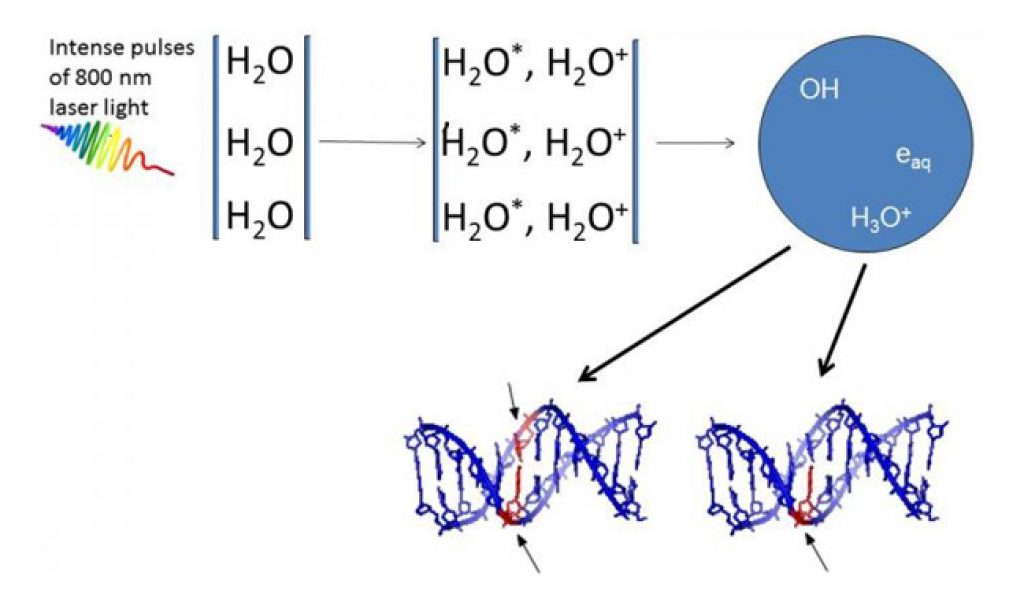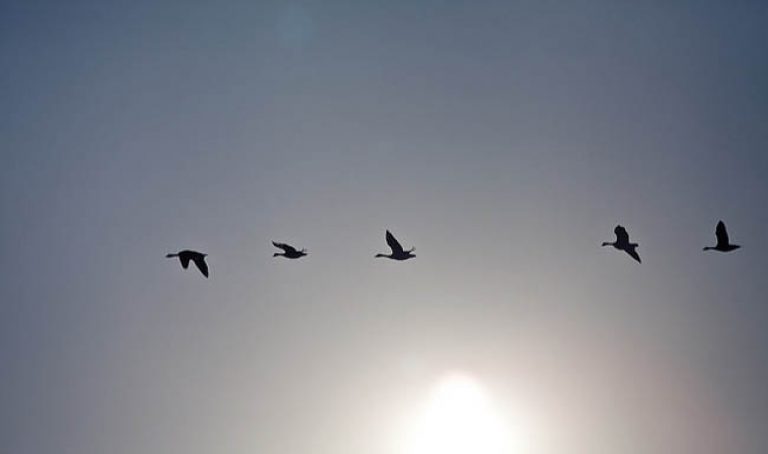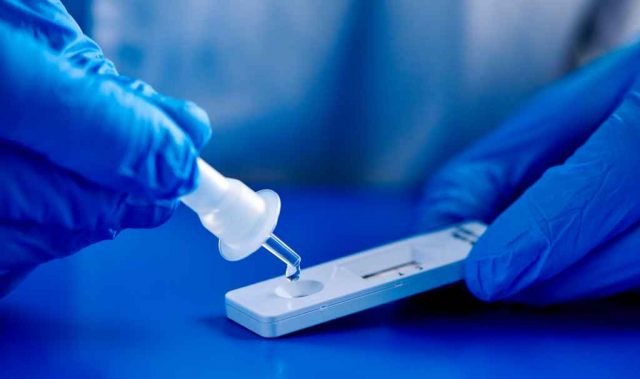
AsianScientist (Jun. 17, 2016) – Scientists in India have found that damage to DNA can be induced by ultra-short pulses of high-intensity laser light.
The findings, published in Scientific Reports by researchers from the Tata Institute of Fundamental Research (TIFR) Mumbai, the Center for Excellence in Basic Sciences, Mumbai, and Manipal University, have important implications in clinical conditions, especially in reducing collateral damage to healthy tissues surrounding the cancerous target of conventional radiotherapy.
In the study, the researchers used high-intensity femtosecond laser pulses to cause damage to aqueous DNA. In a water medium, the intense light pulses made H2O molecules ionize and break up, creating low-energy electrons and OH radicals. Both are responsible for producing breaks in DNA strands.
Using different incident laser energies and various external focusing lens set-ups in their experiments, the researchers found optimal conditions for damage to occur. Interestingly, the aperture (light-gathering ability) of the focusing lens permits the extent of DNA damage to be controlled just by changing focal length.
It has been suggested that damage to healthy tissues by gamma radiation, one of the major challenges in radiotherapy, might be avoided by the use of this femtosecond laser-induced filamentation technique. Ultrashort laser pulses, particularly in the infra-red region, are much ‘smaller’ than what is possible to attain using contemporary clinical radiation sources.
The article can be found at: Dharmadikari et al. (2016) Optical Control of Filamentation-induced Damage to DNA by Intense, Ultrashort, Near-infrared Laser Pulses.
———
Source: TIFR.
Disclaimer: This article does not necessarily reflect the views of AsianScientist or its staff.












